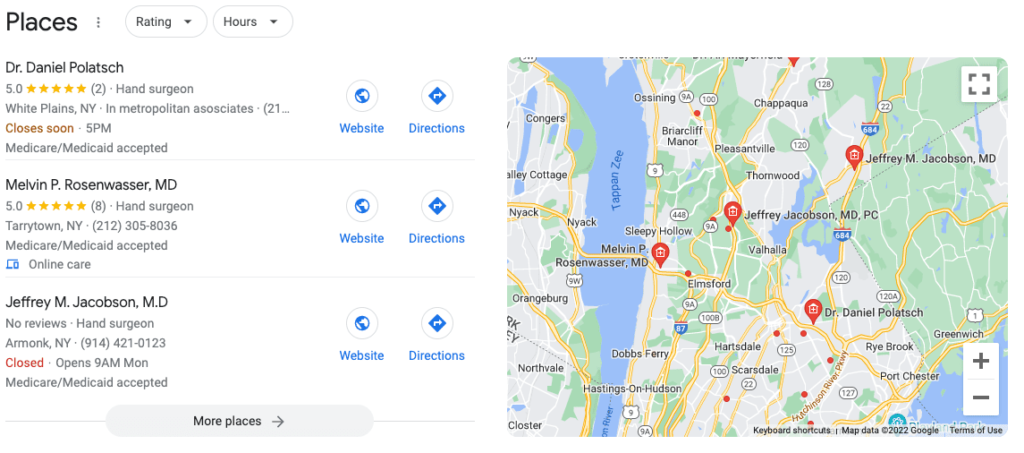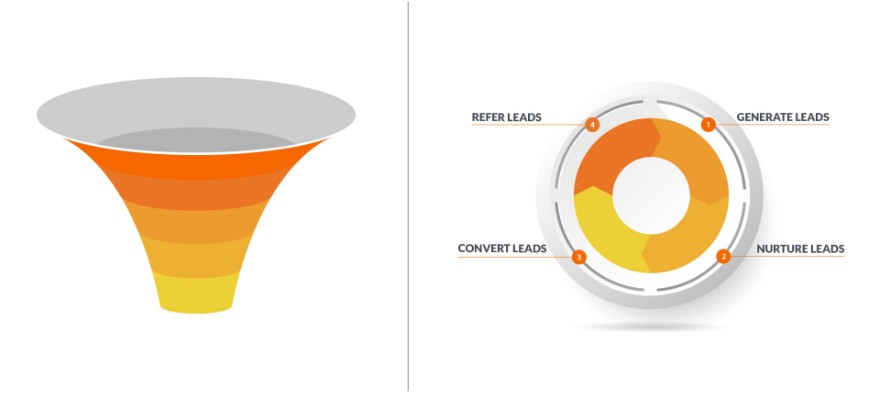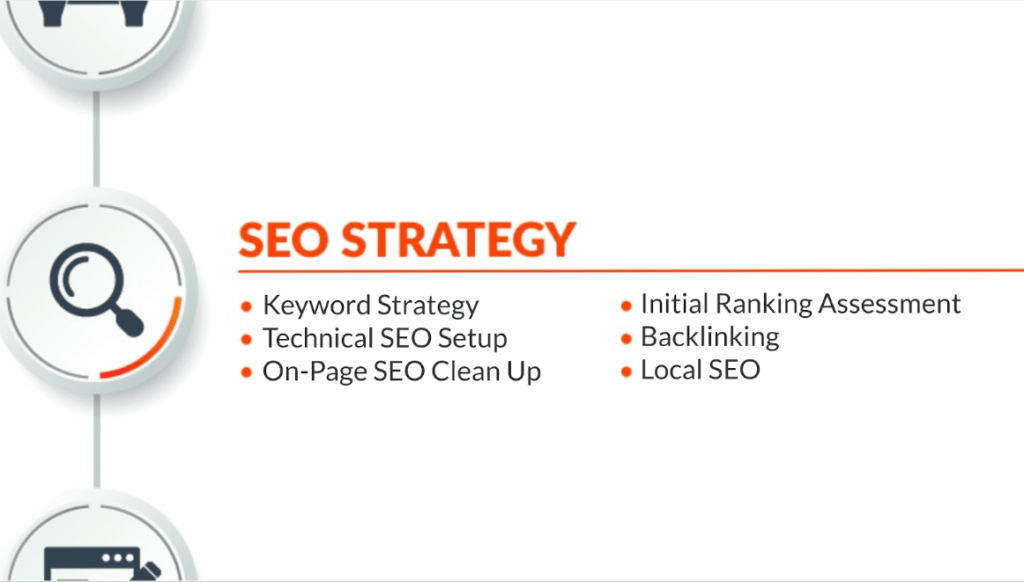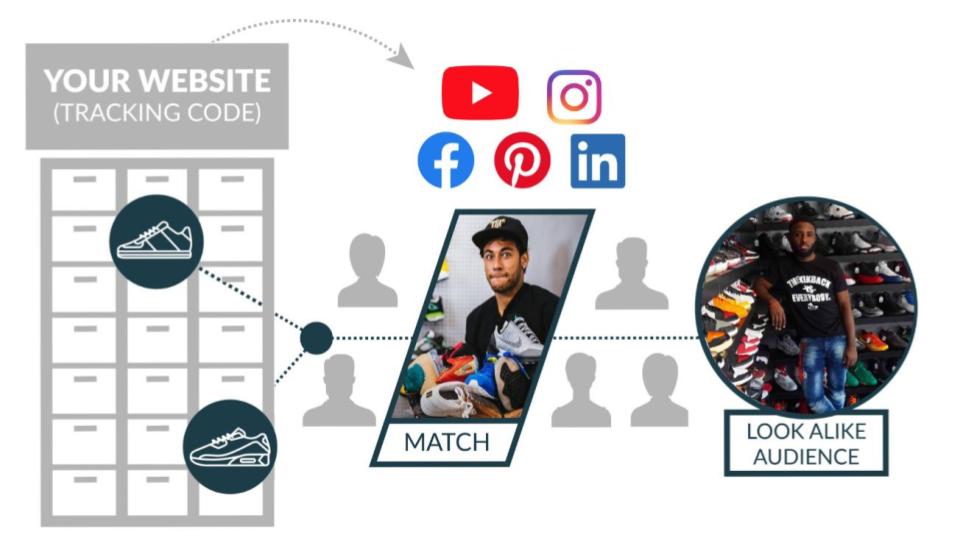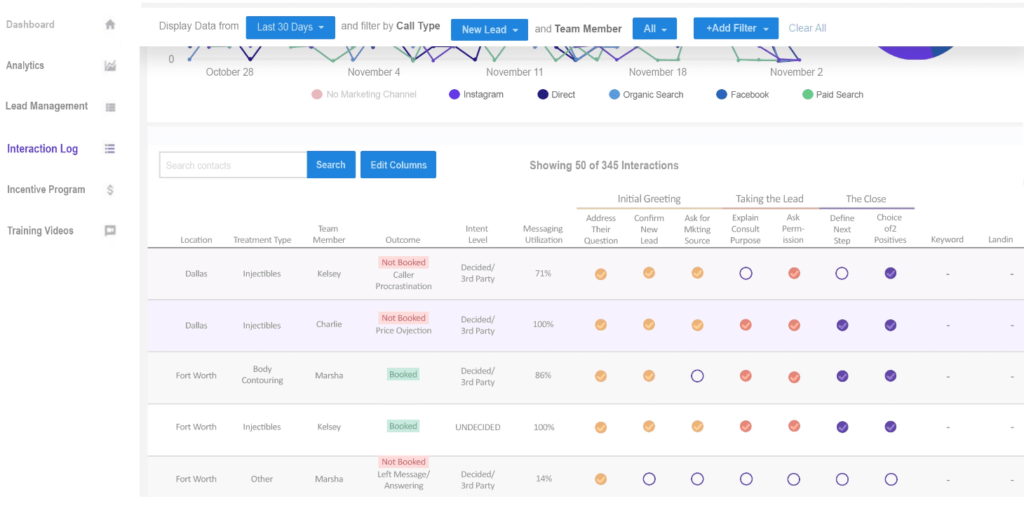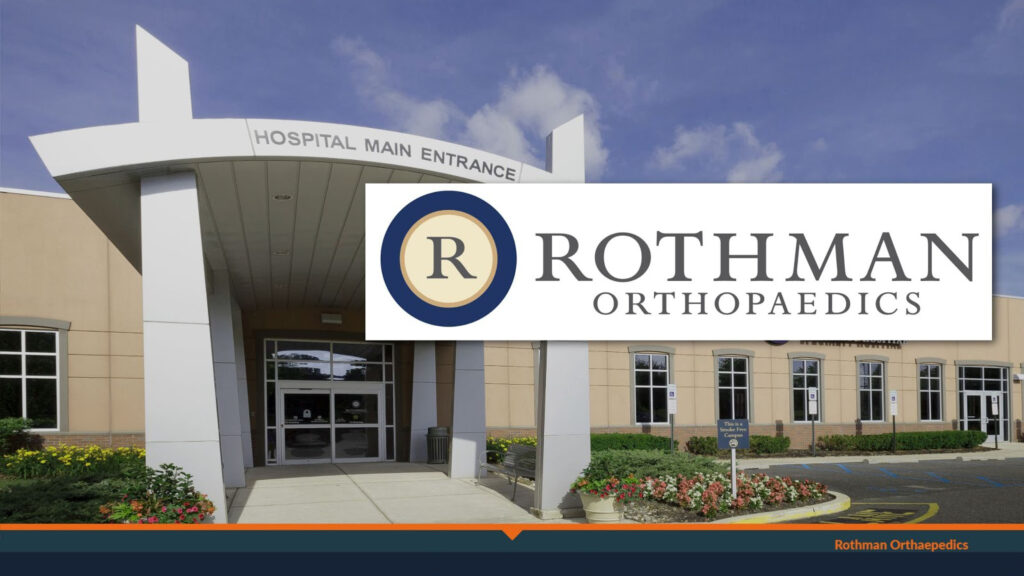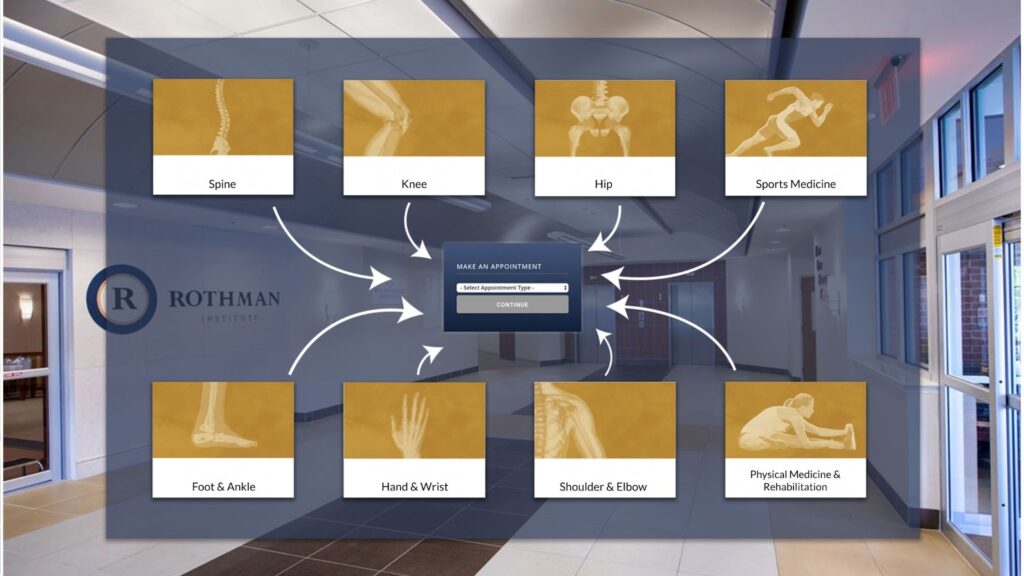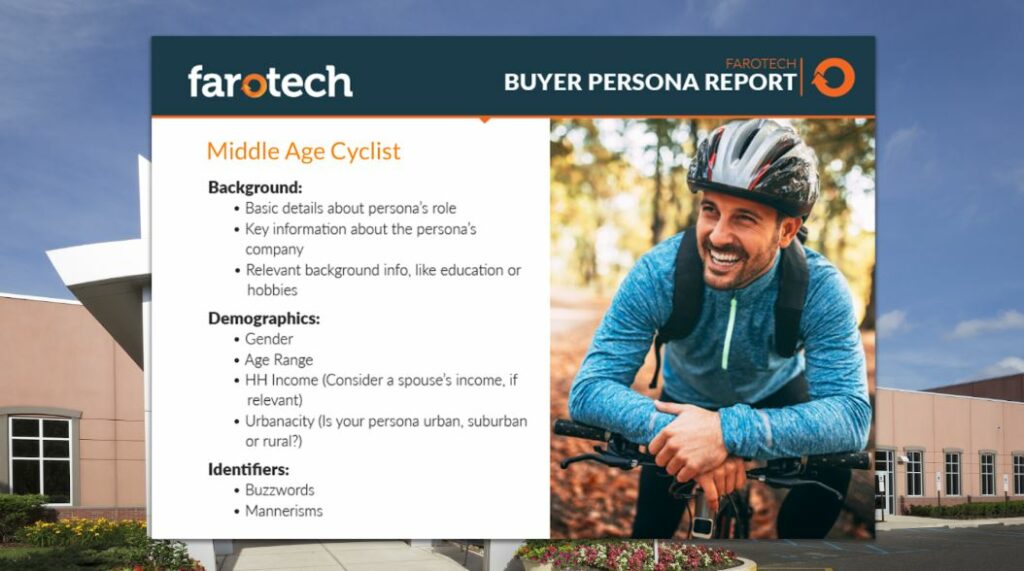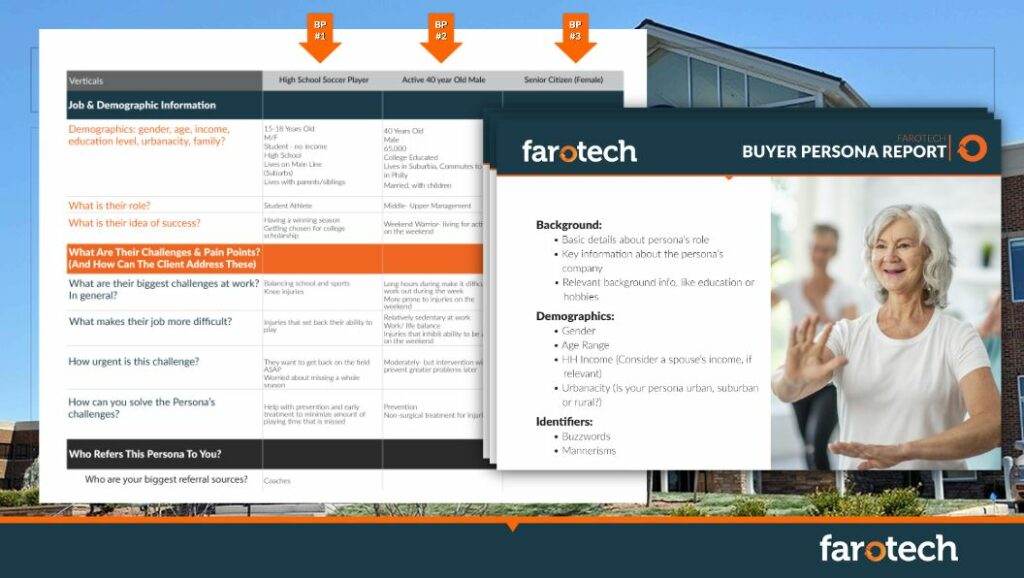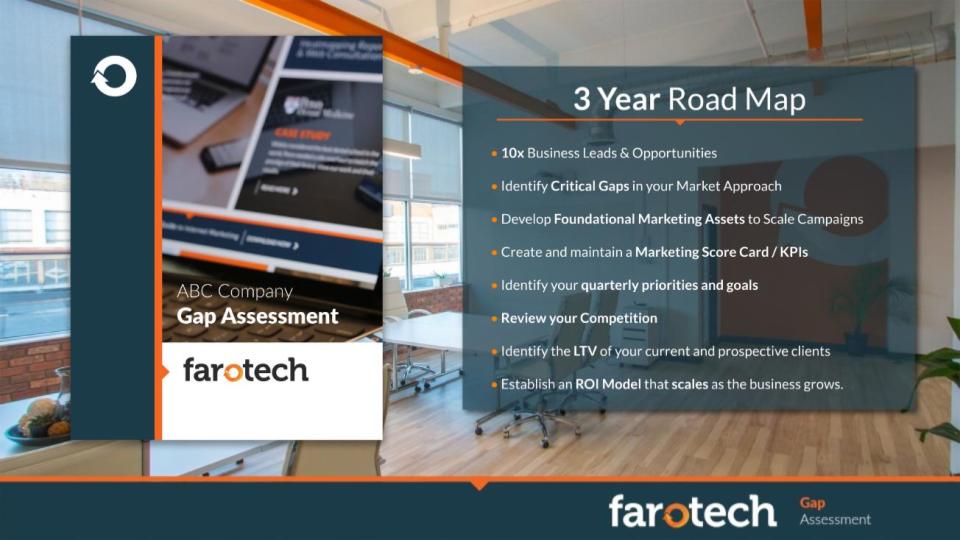Farotech breaks down why orthopedics practices that want to stand out must implement a systematic orthopedics digital marketing strategy that proves ROI.

Competition for new patients in the orthopedic space is persistent, but on search engines (a critical piece of digital marketing)––where the overwhelming majority of patients first seek out care in their area––orthopedics practices sadly only spend 25% of their marketing budgets. An effective orthopedics digital marketing strategy, especially if you’re a new practice, is essential for success in this growing, competitive environment.
If you’ve been in this space long enough, you’ll notice that some of your competitors are generating, nurturing, and converting patient leads––not because they’re necessarily a better practice or have the highest client satisfaction––but simply because they use better digital marketing strategies. Those competitors will leapfrog you (if they haven’t already) if you don’t implement a strategy soon.
Another thing to note is that marketing is moving fast and it’s way more than a one-person job. If you only have one or two people in charge of your marketing efforts, they’ll probably feel like a jack-of-all-trades and a master at none. We’ve found that in such a competitive landscape like orthopedics––you can’t afford not to be a master. That’s where the idea of a team-based agency approach comes into play.
Over the last 21+ years, we have played a role as a team of orthopedics digital marketing strategists for some of the most innovative orthopedics practices in their respective regions, helping them generate new patient leads, nurture those leads, and then convert those patients into raving fans of their mission, values, and services. Our systematic and team-based approach means our clients have access to subject matter experts when they need them. But when it comes to a killer digital marketing strategy––how can you get there? We’ll guide you through some best practices.




